The fight against biodeterioration of monuments and youth work values — in the latest issue of the St Petersburg University magazine
How do scholars at St Petersburg University combat biological colonisation on monuments? What matters most for young employees in their work? What measures are proposed by St Petersburg University researchers to extend the life of people over 60? Read about this and more in the latest issue of the St Petersburg University magazine.
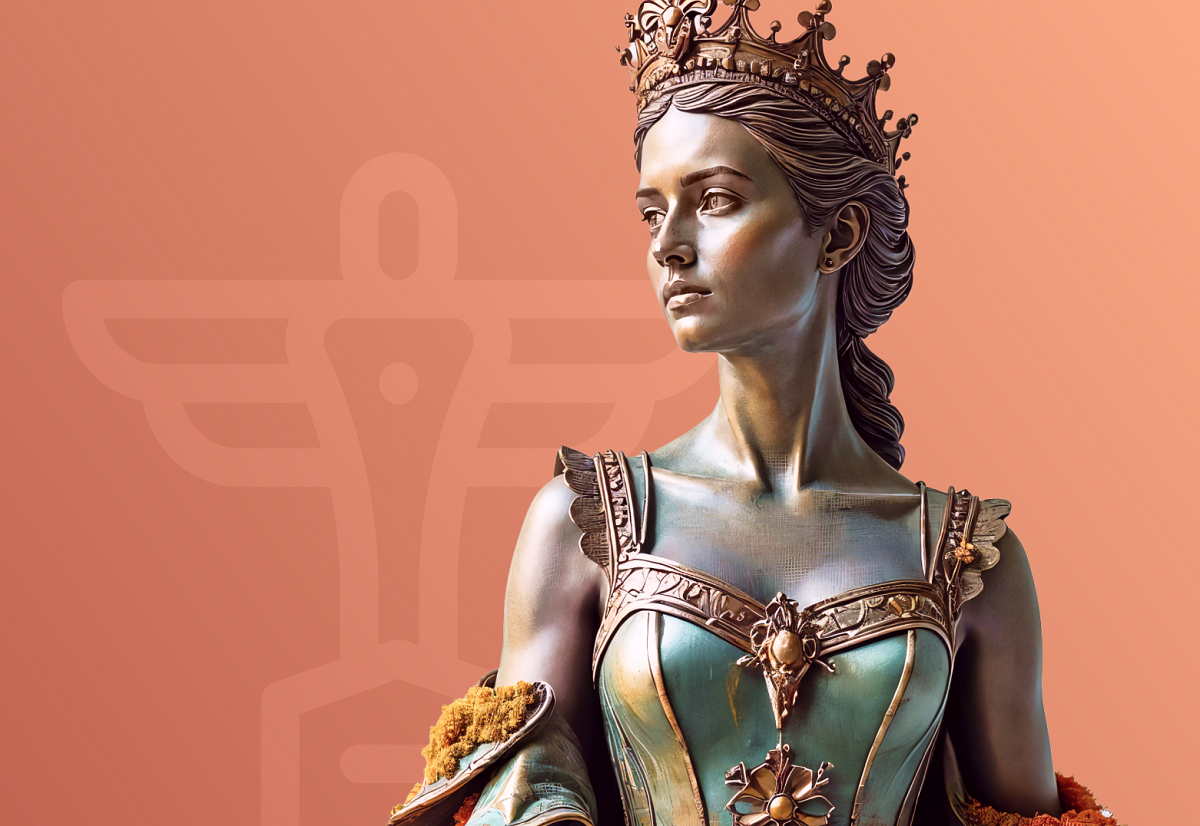
Biodeterioration of cultural heritage monuments is a pressing issue in many countries across the globe. For over two decades, biologists from St Petersburg University have been at the forefront of finding solutions to combat this problem. In the article "It is a monument! Who can destroy it?", the University researchers identify the types of microorganisms that commonly colonise sculptures and highlight the cultural heritage objects in St Petersburg that they have successfully cleaned.
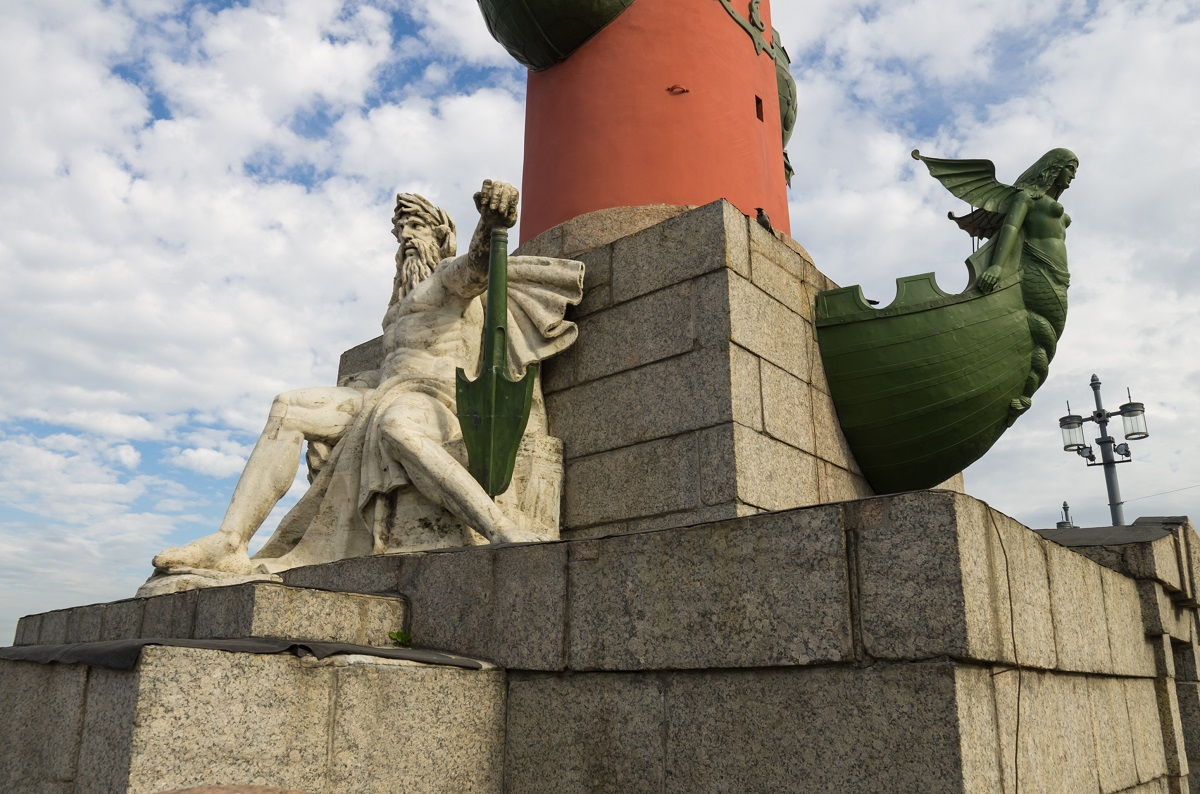
Since the early 2000s, geologists and biologists from St Petersburg University have been studying the condition of stone cultural objects in Russia and worldwide. Recently, the researchers discovered why petroglyphs — rock paintings created over 6,000 years ago — are deteriorating in Karelia. Using their findings, they have developed a monitoring system to track the condition of these ancient drawings and protect them from further damage. Learn more in the article "Messages on the rocks".

St Petersburg University develops and implements practice-oriented academic programmes, where 30% to 50% of classes are held at enterprises and government agencies. In the article "Attractive and competitive", Ruben Karapetyan, Associate Professor in the Department of Economic Sociology and Director of the Graduate School of Occupational Safety at St Petersburg University, explains how this approach addresses the challenge of personnel rejuvenation.
Legal scholars at St Petersburg University have been the first in Russia to study the legislative regulation of control and supervisory activities in the People’s Republic of China. Read about their findings in the article "Trust, but verify".
St Petersburg University medical doctors have developed a simple and effective technique to assess the risk of abdominal aortic aneurysm rupture. This innovation aims to reduce mortality rates among individuals over 60. Learn about the benefits of this new technique in the article "Prevent a vascular explosion".
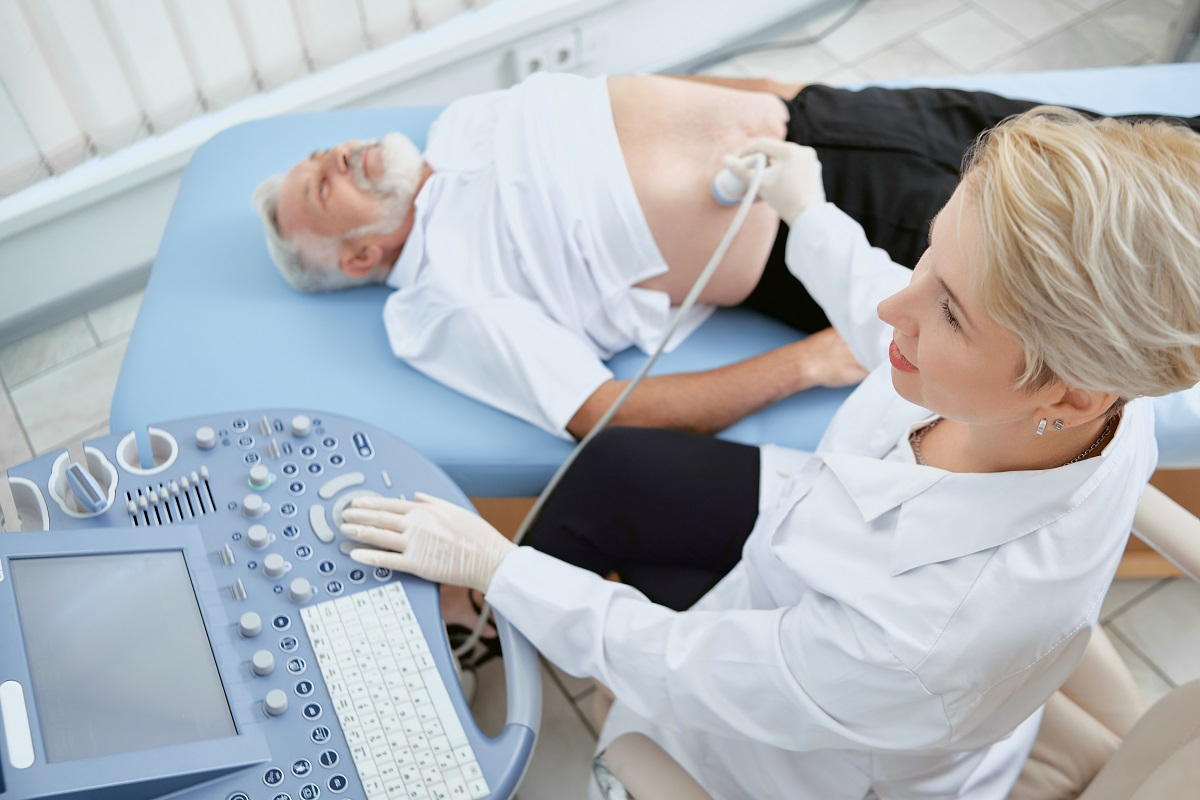
In 1887, St Petersburg Imperial University became the first institution of higher education in Russia to teach Egyptology. Nearly 140 years later, St Petersburg University continues to produce unique specialists in the field. The article "Revealing the secrets of ancient Egypt" by Ekaterina Yatsuk, a 2008 University graduate of the Asian and African Studies programme with a specialisation in Egyptology, provides details on the first lecturers of Egyptology at the University and what students specialising in Egyptology study today.
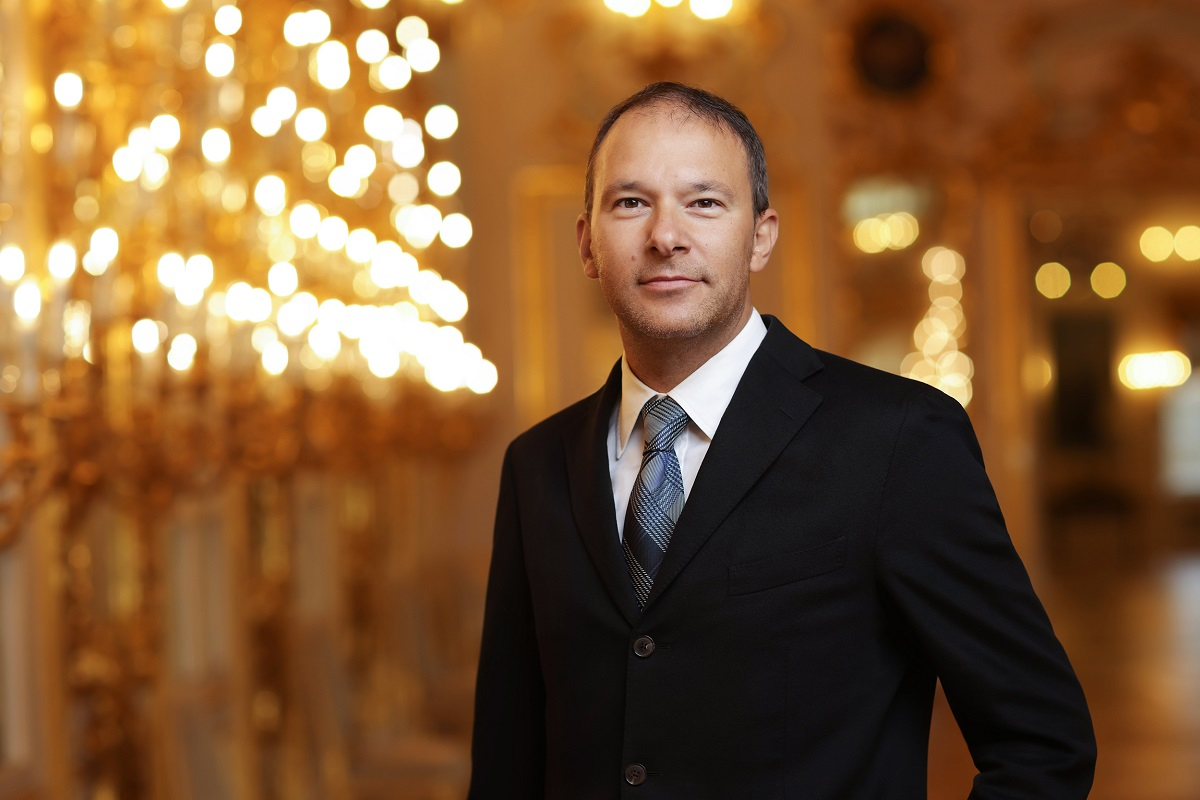
Roman Kovrikov, General Director of The Peterhof State Museum Reserve was the guest of the latest issue of St Petersburg University magazine. In his interview, Roman Kovrikov discussed why people visit museums today and the importance of continuity and mentorship. He also shared his experiences as a manager in the cultural and arts sector.
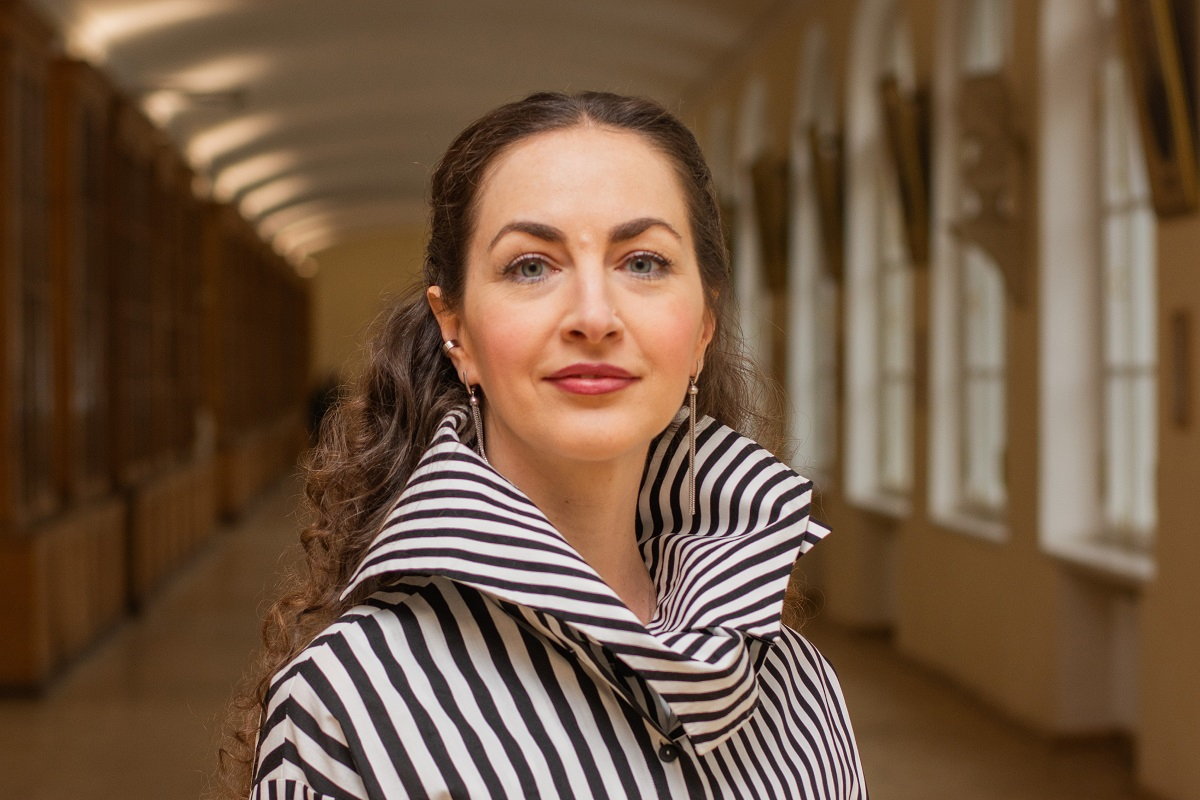
Also in this issue, you can learn about: the Russian poet baptised in the Church of the Holy Apostles Peter and Paul located on the second floor of the Twelve Collegia building; the ways to develop your own cognitive resources, recommended by Olga Shcherbakova, Leading Research Associate at St Petersburg University, in her video blog; and how the University students restored a small model of the Bronze Horseman monument.

